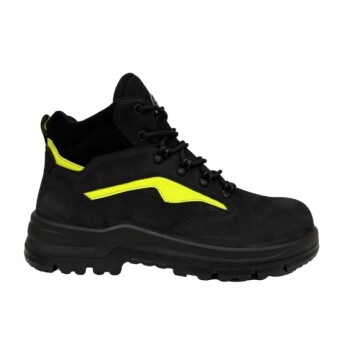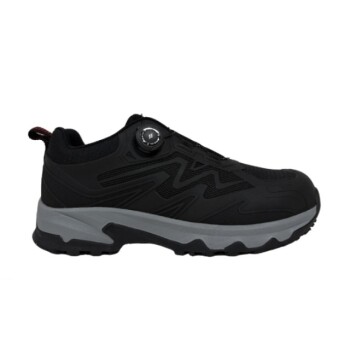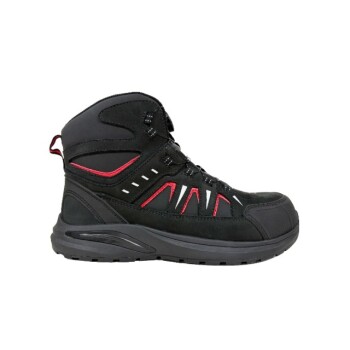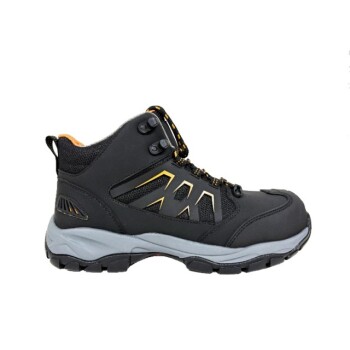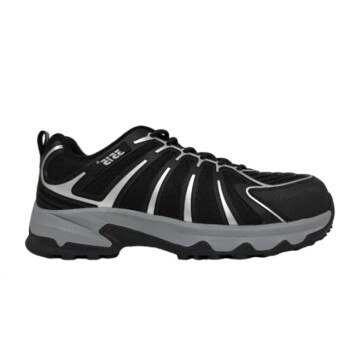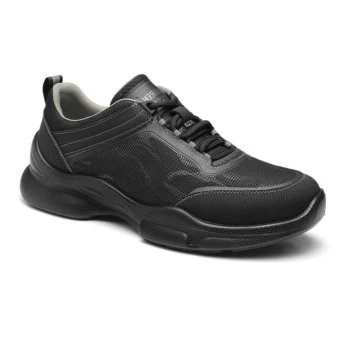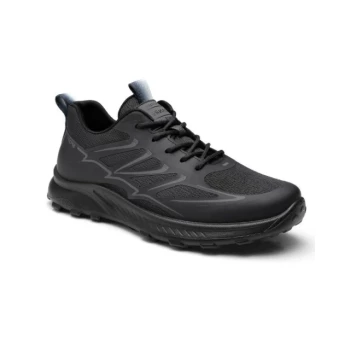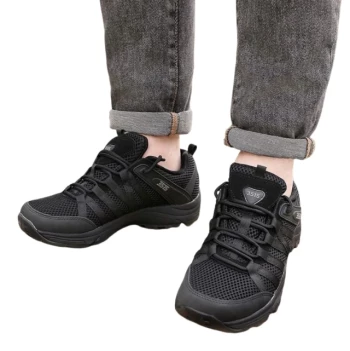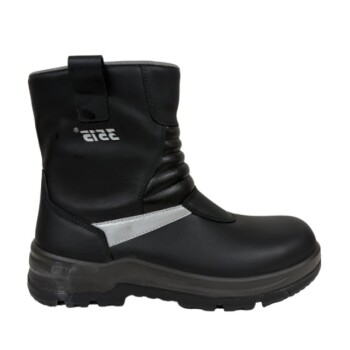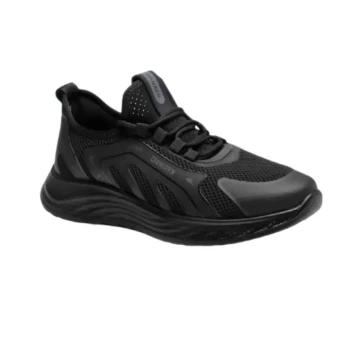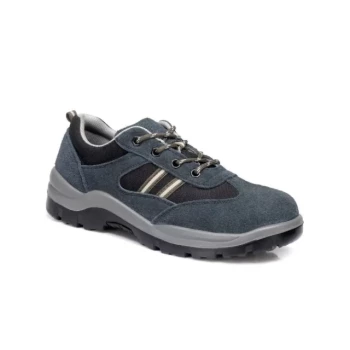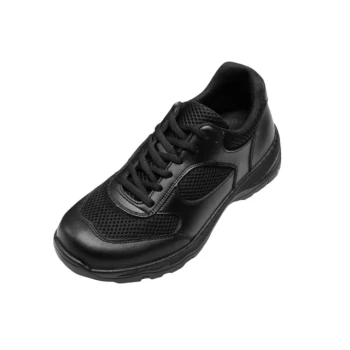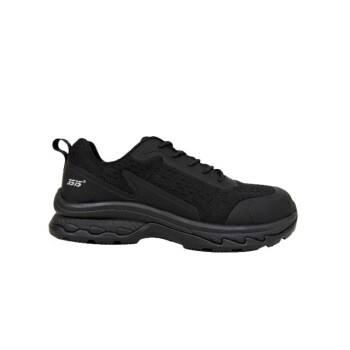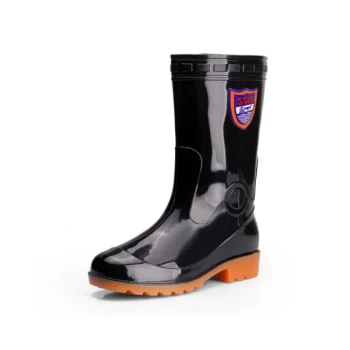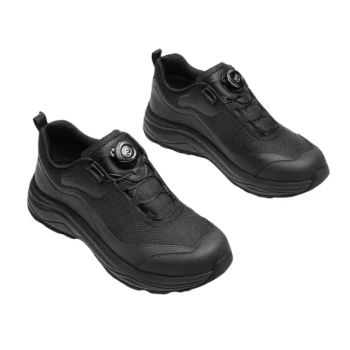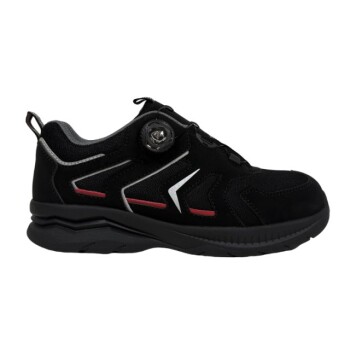To reduce heel slippage in new boots, you can use several simple methods. The most effective techniques involve either physically adding a grip-enhancing insert or carefully modifying the boot's interior to increase friction against your sock.
The core issue is often a mismatch between your heel and the boot's stiff, un-molded structure. The solution is to differentiate between the normal, slight slippage of a break-in period and an incorrect fit, using targeted methods to bridge the gap until the boot conforms to your foot.
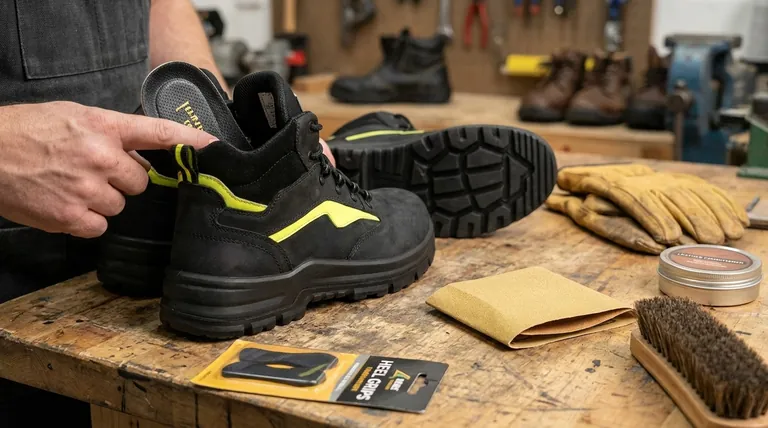
Why Heel Slip Happens in New Boots
Understanding the cause of the slippage is the first step toward fixing it. In most cases, it is a temporary issue related to the boot's materials and construction.
The Normal Break-In Period
New boots, especially those made of leather, are stiff. They have not yet conformed to the unique shape of your foot, particularly the curve of your heel.
A small amount of heel lift is a normal and expected part of this break-in process. As you walk, your foot flexes, but the rigid sole of the new boot does not. This difference in movement causes your heel to lift slightly inside the boot.
Conforming to Your Foot
Over time, the heat and pressure from your foot will soften the leather in the heel area. This process creates a "heel pocket" that custom-molds to your foot, naturally reducing and eventually eliminating minor slippage.
Immediate Fixes for Heel Slippage
If the slippage is causing discomfort or you want to speed up the break-in process, you can take direct action to secure your heel.
Method 1: Increase Interior Grip
A very effective method is to create more friction inside the boot. This gives your sock something to hold onto, preventing the smooth slip.
Lightly scuff the inside heel area of the boot with a piece of fine-grain sandpaper. This creates a rougher texture that grips your sock, reducing the friction that causes blisters and helping to form the heel pocket more quickly.
Method 2: Add Heel Grips
For a non-permanent solution, you can place heel grips or liners inside your boots. These are small, often padded inserts with an adhesive back.
They stick to the inside heel of the boot, serving two purposes: they fill excess volume to create a snugger fit, and their surface provides additional grip to hold your heel in place. This is especially useful for boots without a lacing system, such as cowboy boots, where you cannot tighten the fit manually.
Understanding the Key Distinction
These solutions are designed for boots that are fundamentally the right size. It's critical to know whether you are dealing with a temporary break-in issue or a permanent sizing problem.
Normal Slip vs. Improper Fit
A slight lift of your heel as you walk is normal. However, excessive movement where your foot slides forward or your heel lifts completely out of the heel cup is a strong indicator that the boots are too big.
The fixes mentioned above are meant to manage minor slippage. They cannot correct for a boot that is the wrong size. If your foot has significant room to move, these solutions will not be sufficient.
Making the Right Choice for Your Boots
Your approach should depend on the severity of the slippage you're experiencing.
- If you feel a slight, minor lift: This is likely a normal break-in issue. Be patient, wear the boots around the house, and consider lightly sanding the interior to accelerate the process.
- If the slippage is noticeable and causing rubbing: This requires a more immediate fix. Install a set of heel grips to add cushioning and secure your foot while the boot material conforms.
By correctly diagnosing the issue, you can achieve a secure, comfortable, and custom fit in your new boots.
Summary Table:
| Method | Best For | Key Action |
|---|---|---|
| Sandpaper Grip | Minor slippage, accelerating break-in | Lightly scuff the boot's interior heel area. |
| Heel Grips/Inserts | Noticeable slippage, preventing blisters | Adhere padded inserts to the inside heel. |
| Patience & Wear | Normal, slight lift during break-in | Wear boots indoors to mold the heel pocket. |
Struggling with bulk orders of boots that don't fit perfectly? As a large-scale manufacturer, 3515 produces a comprehensive range of footwear for distributors, brand owners, and bulk clients. Our production capabilities encompass all types of shoes and boots, ensuring superior fit and comfort from the first wear. Let us help you provide your customers with a better product. Contact our experts today to discuss your manufacturing needs.
Visual Guide
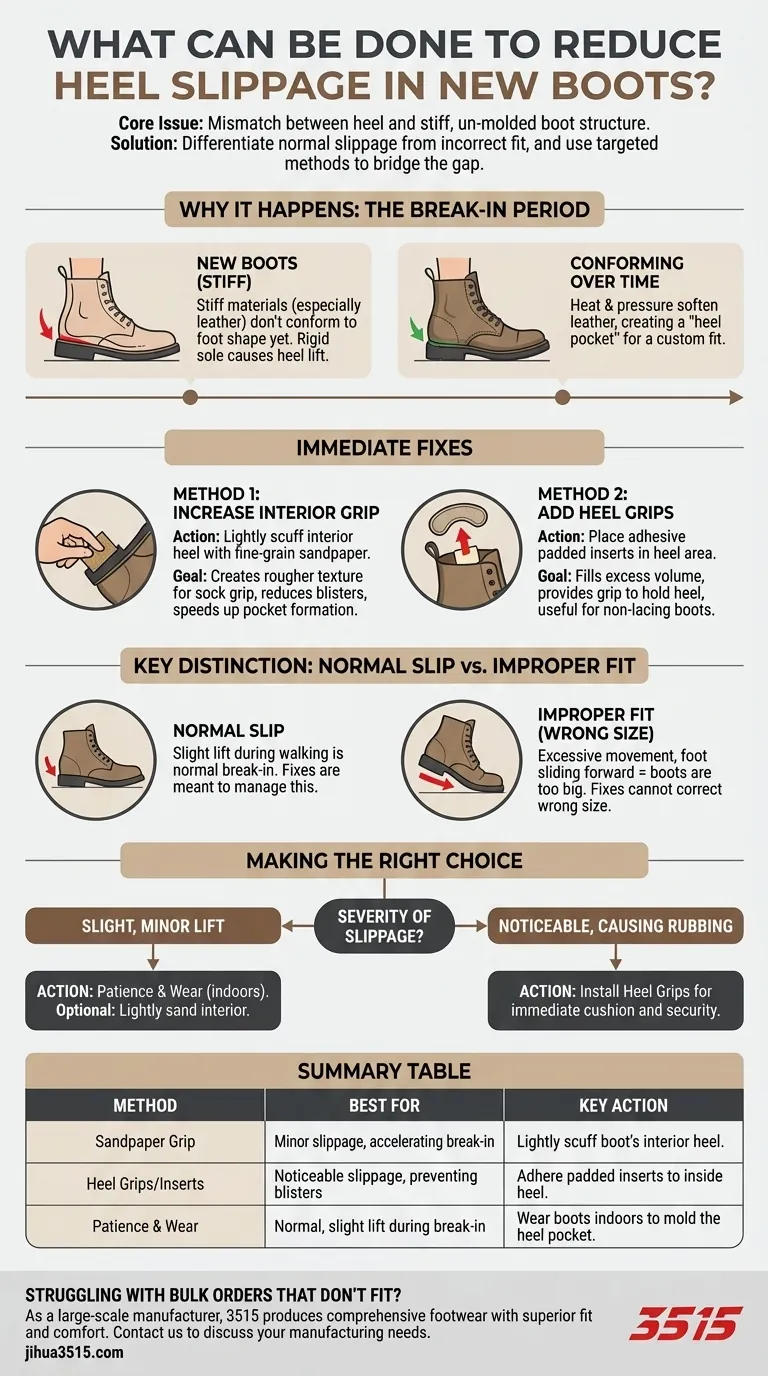
Related Products
- Wholesale Premium Waterproof Nubuck Safety Shoes Boots
- Advanced KPU Athletic Safety Shoe with Steel Toe Cap Anti-Slip Rotary Lacing System
- Wholesale Safety Footwear Manufacturer for Bulk & Custom OEM Orders
- Heavy Duty Nubuck Safety Boots Safety Shoes for Global Distribution
- Premium Sport Style Safety Boots for Bulk Orders
People Also Ask
- What safety boots are recommended for the manufacturing industry? Ensure Complete Protection & Comfort
- What protection do work boots offer against sharp objects? Your Guide to Puncture-Resistant Footwear
- What are the key safety features to consider when choosing work boots? Ensure Maximum Protection for Your Job
- What is the importance of wearing safety shoes in the workplace? Protect Your Team and Your Bottom Line
- What does the infographic mentioned in the article cover? Prevent Workplace Foot Injuries with the Right Safety Footwear
